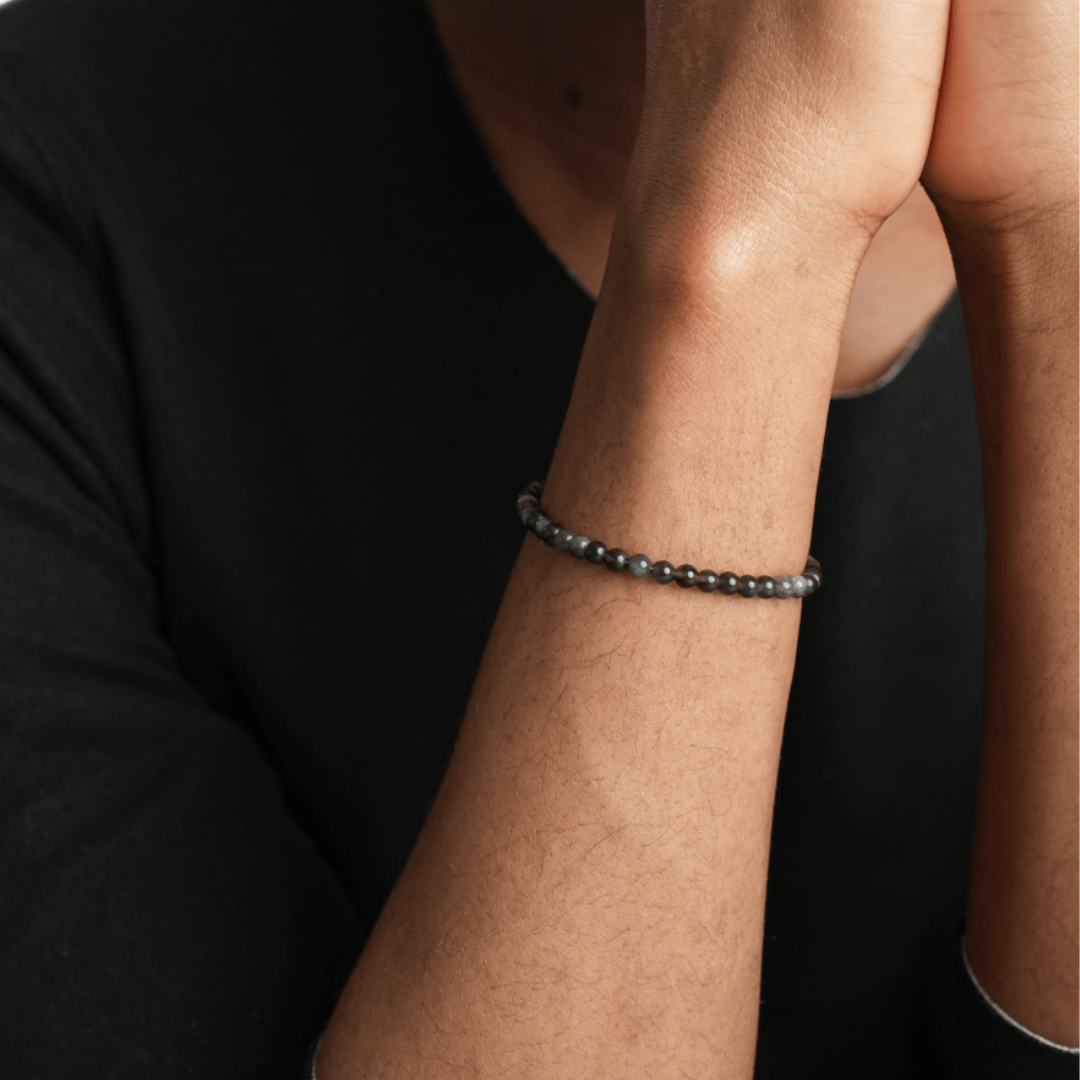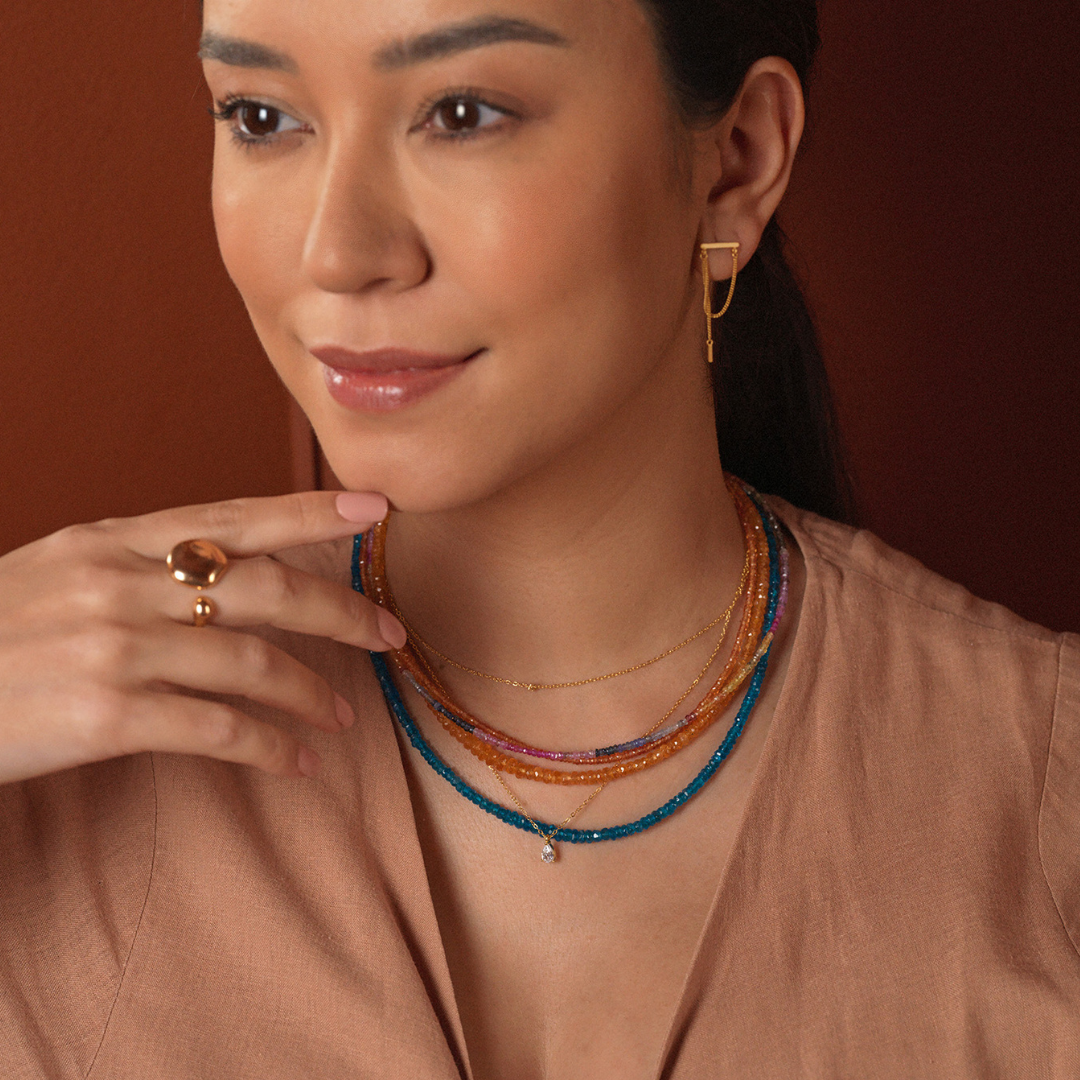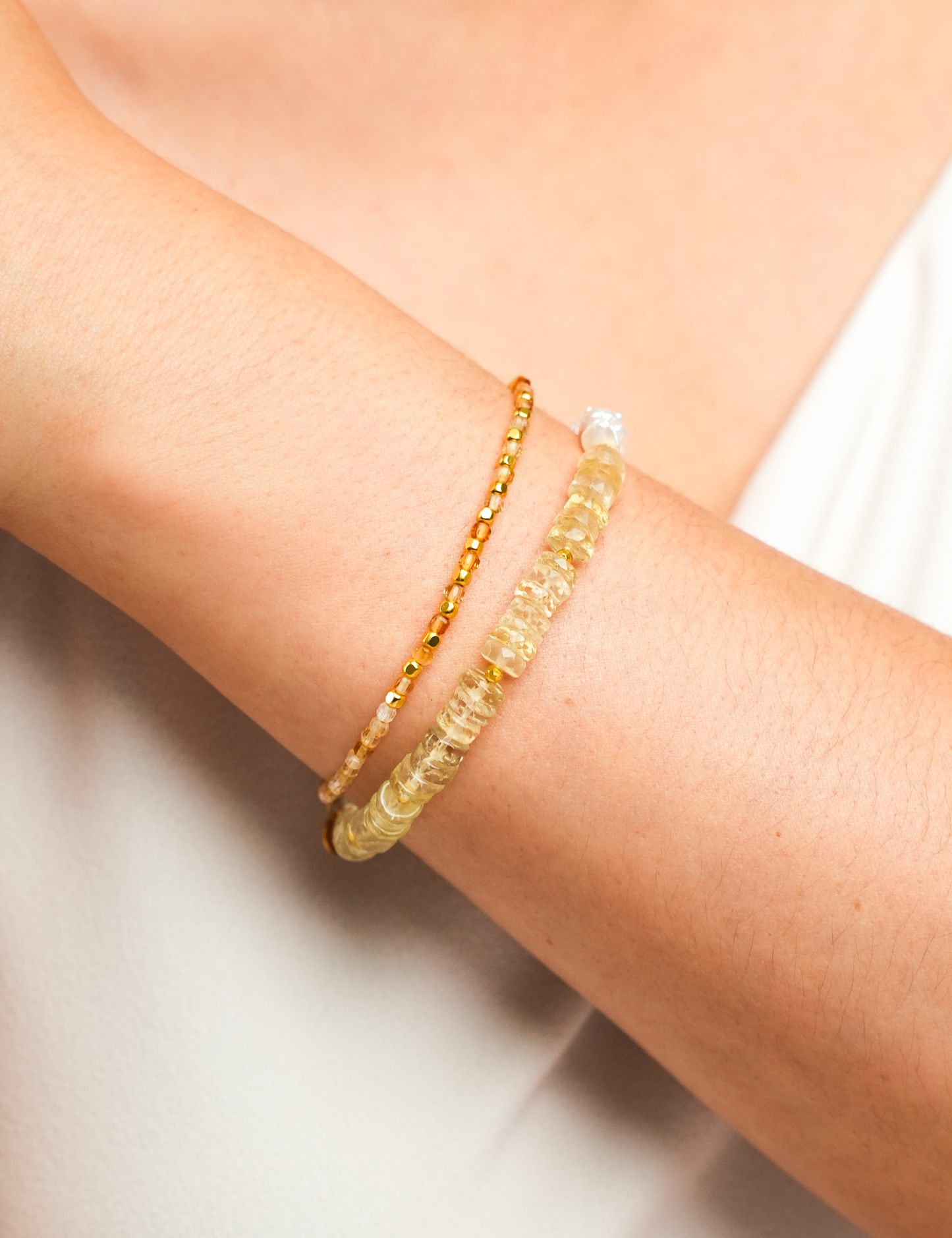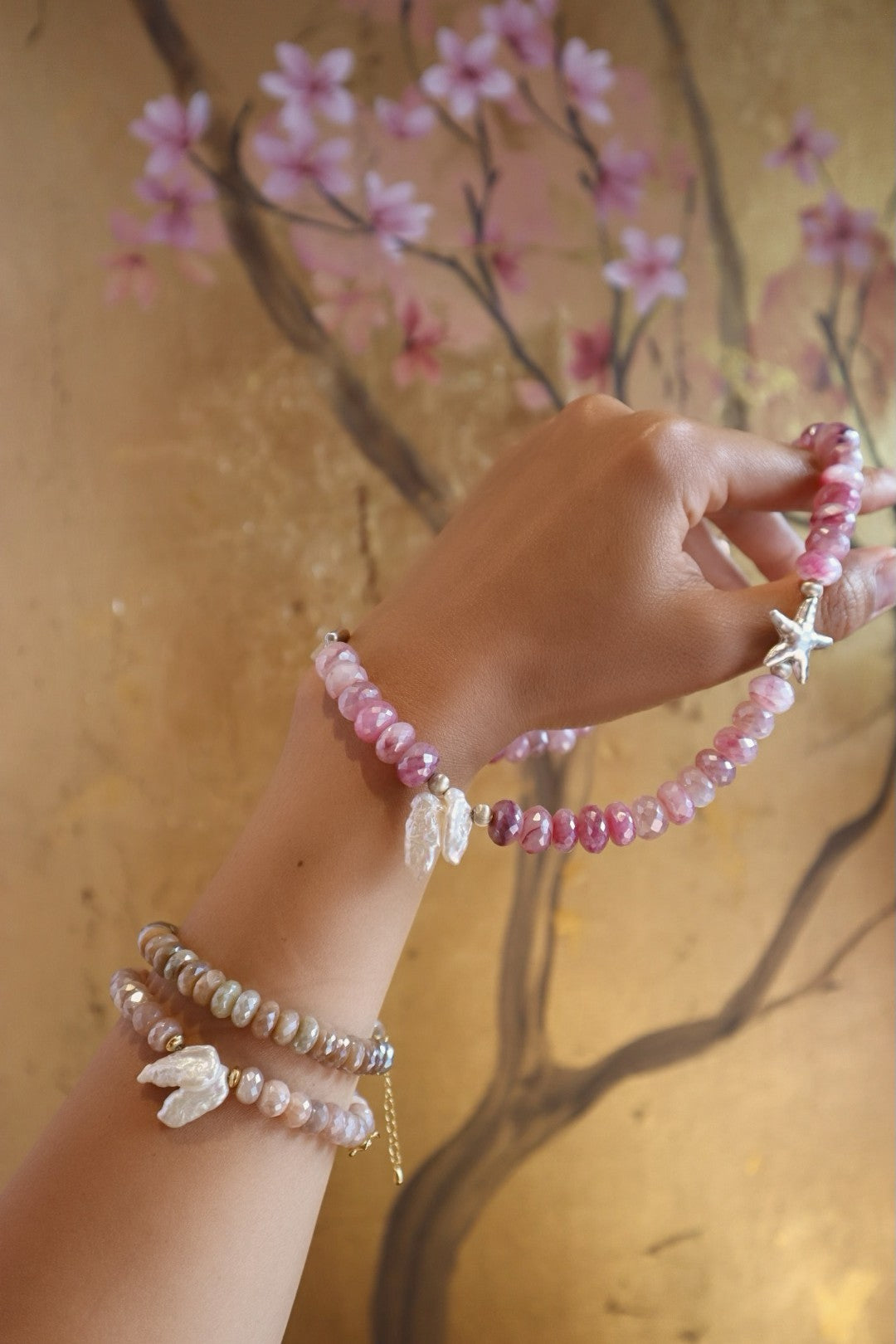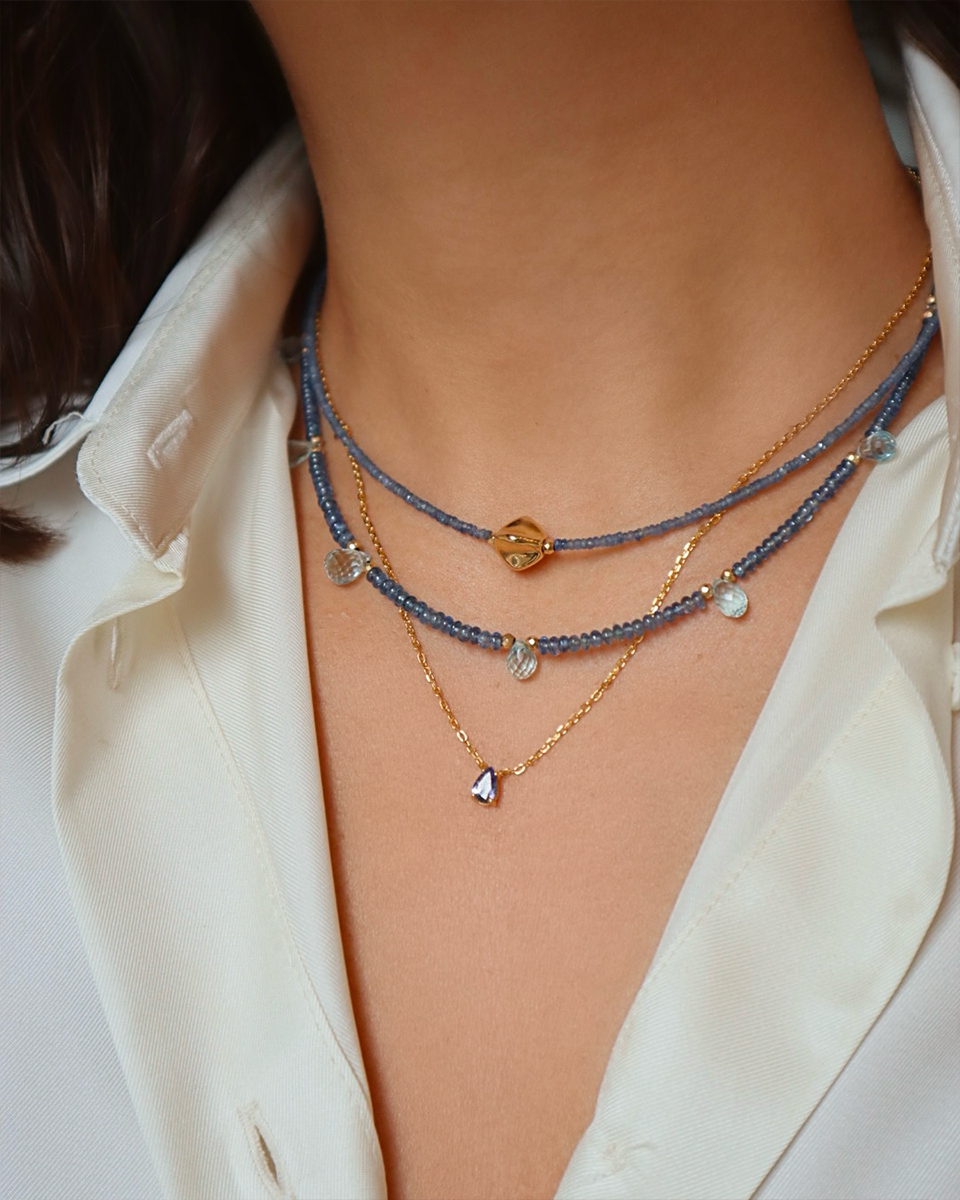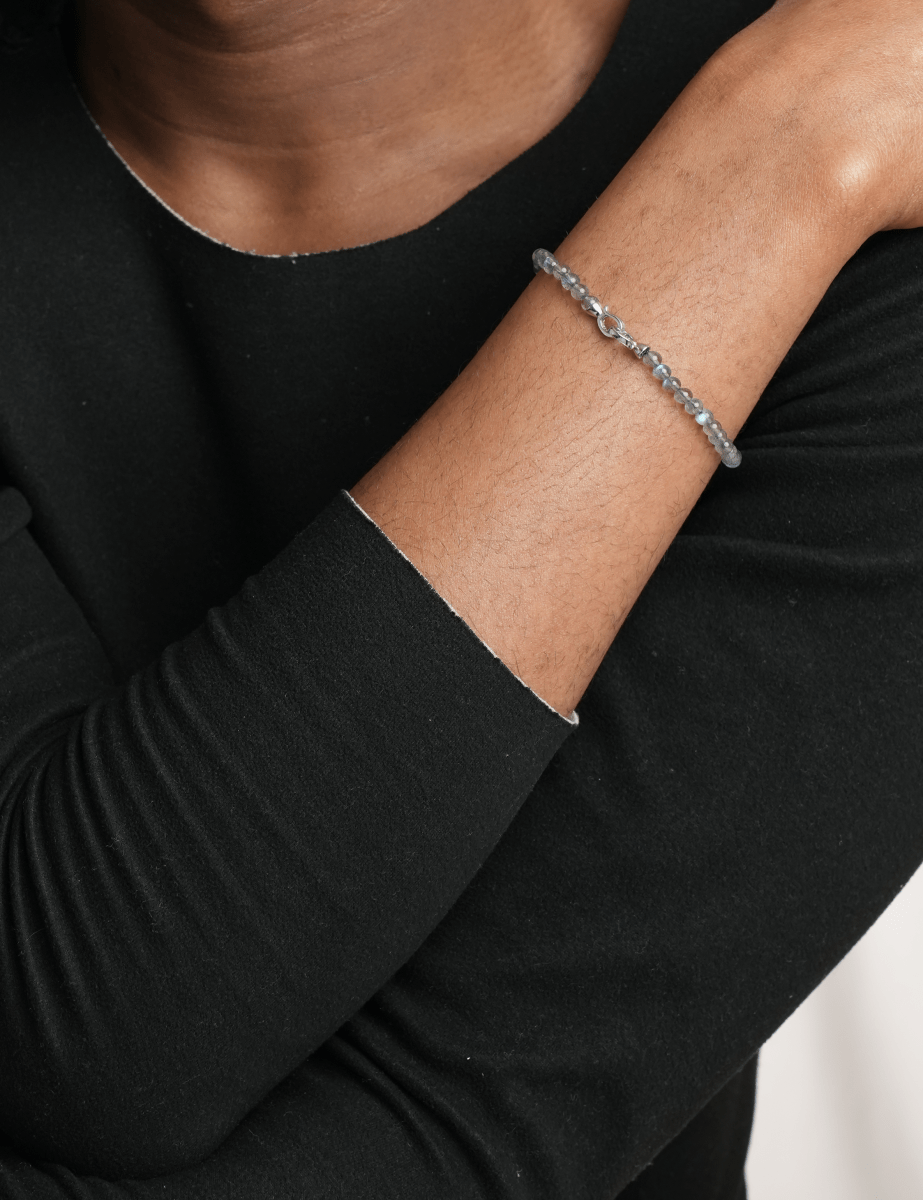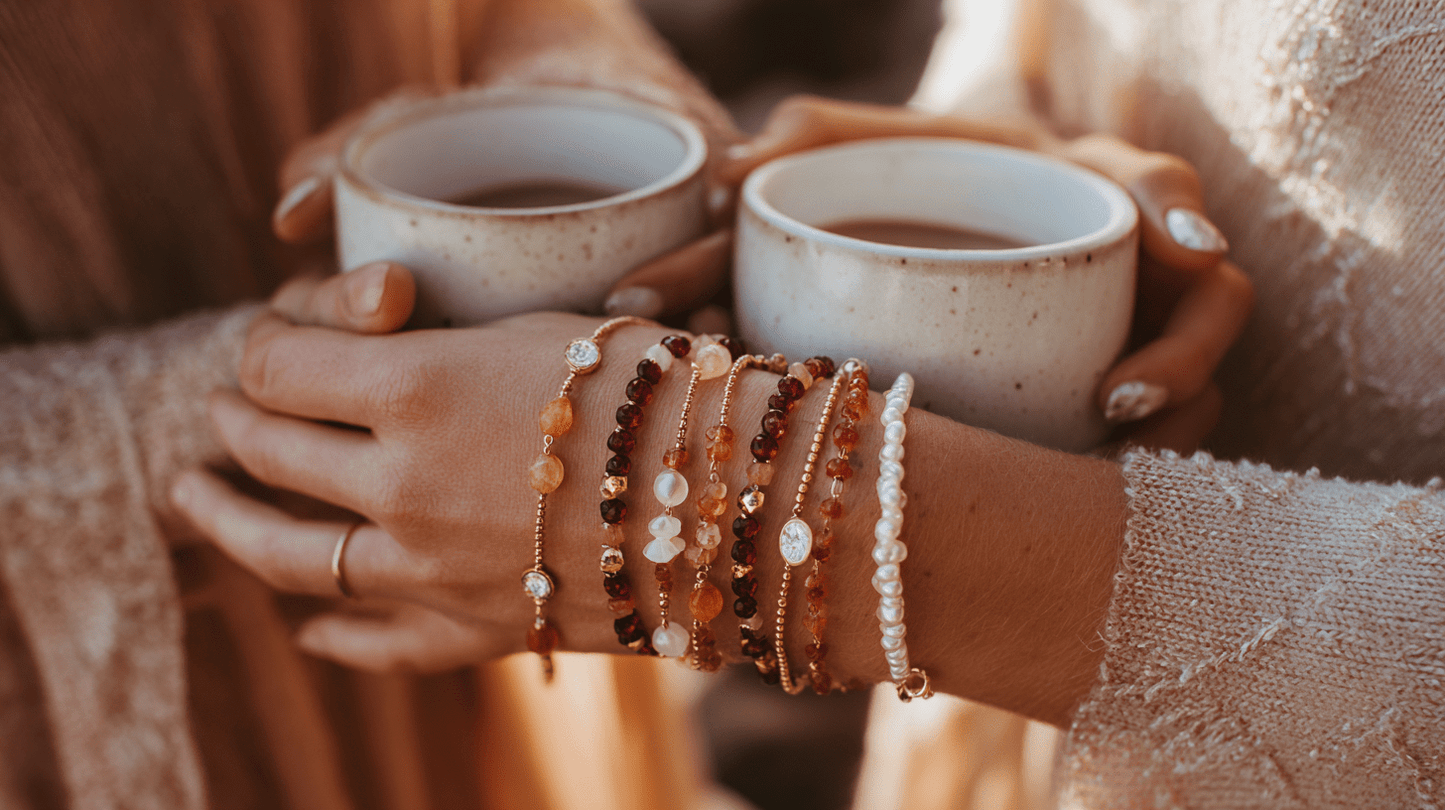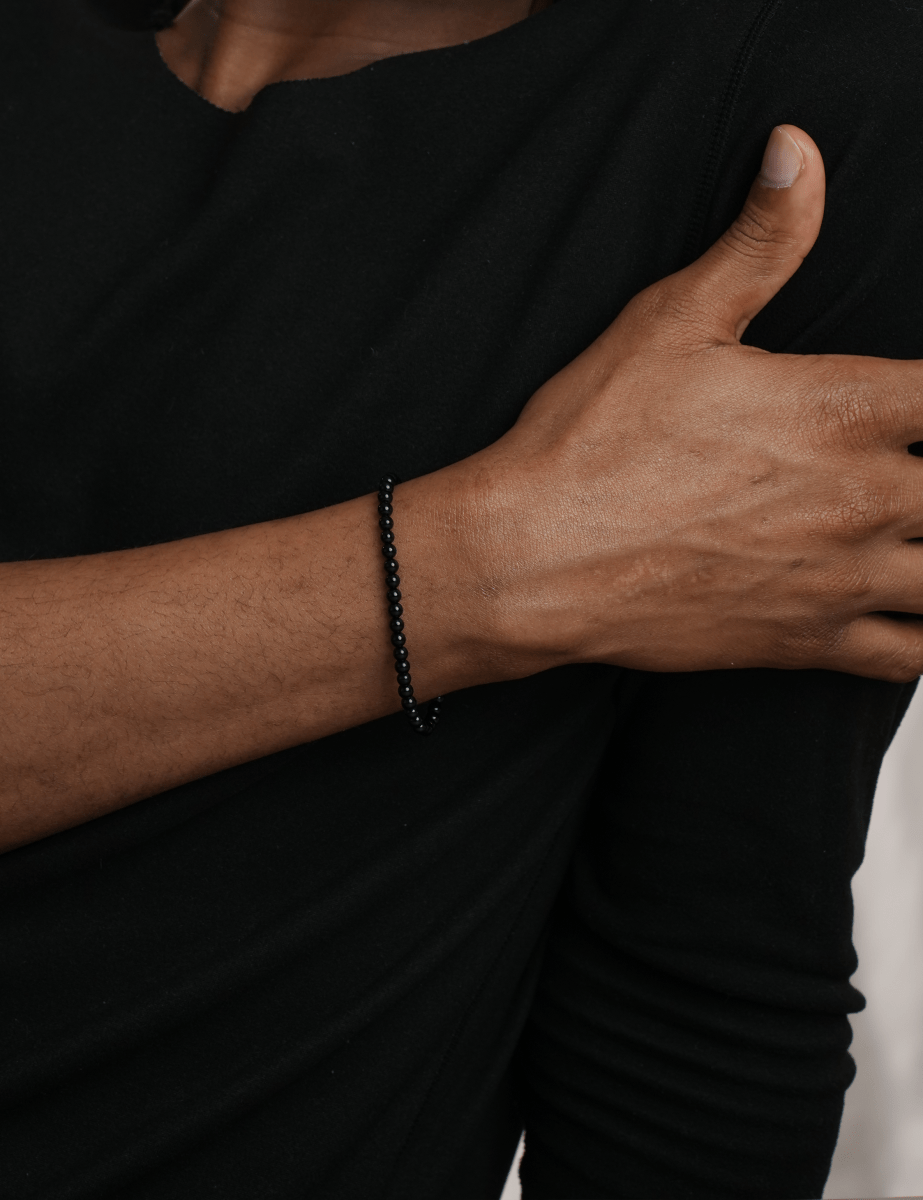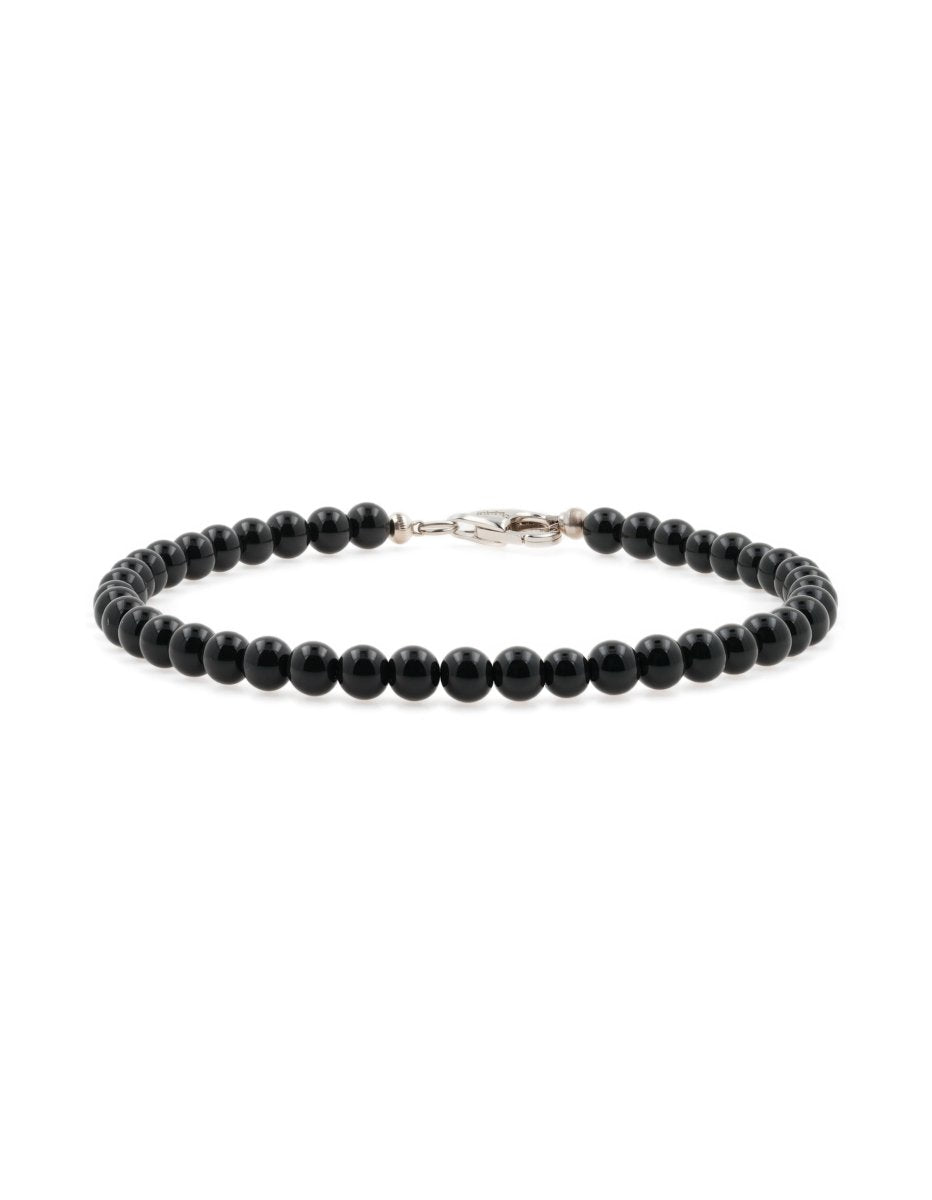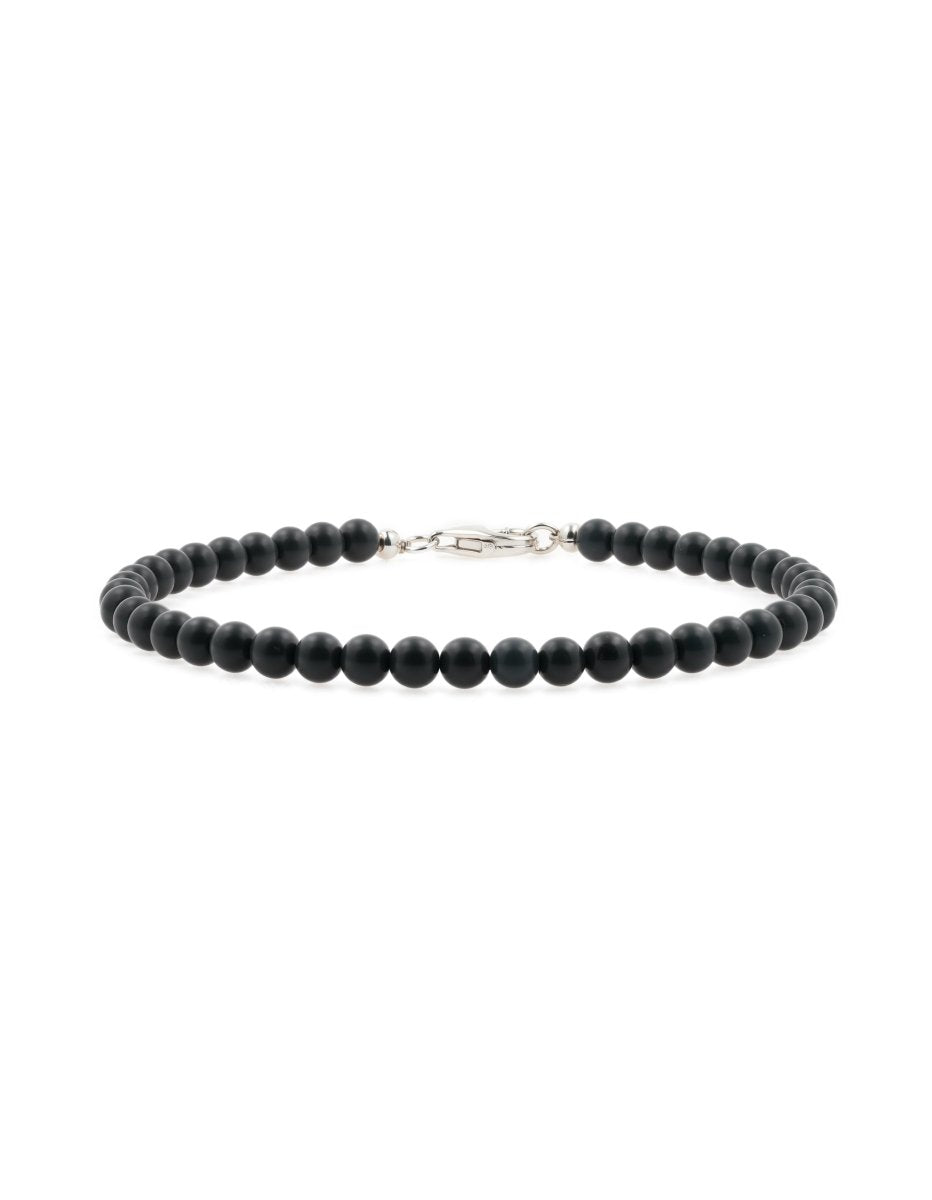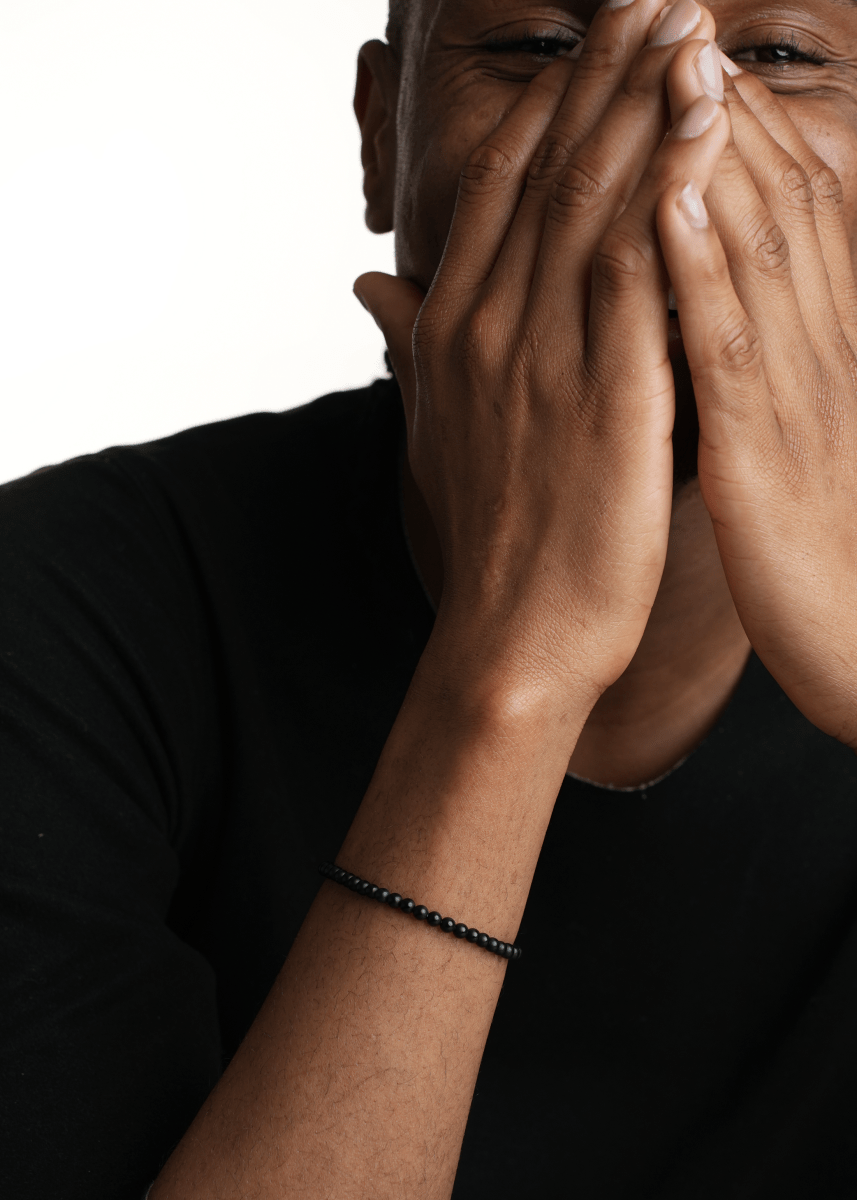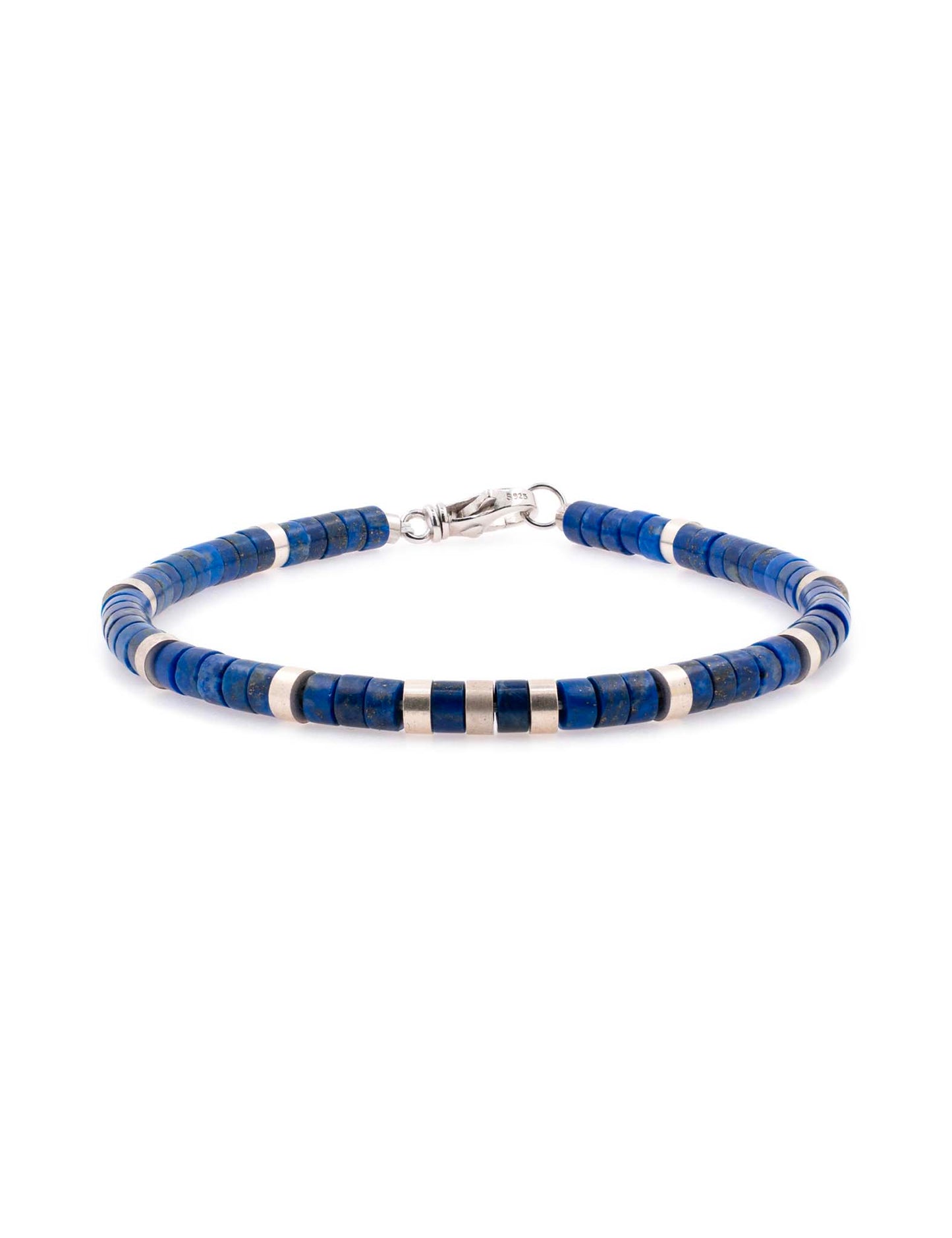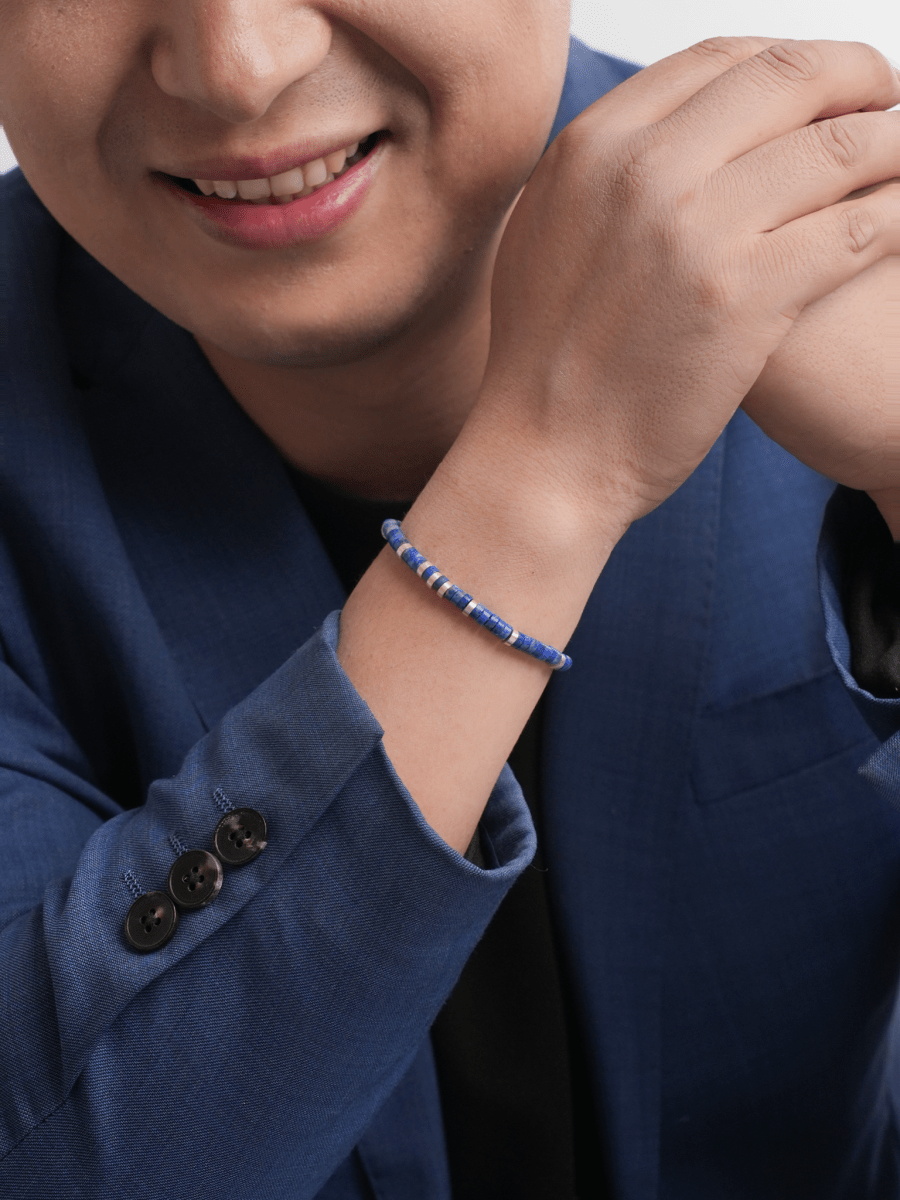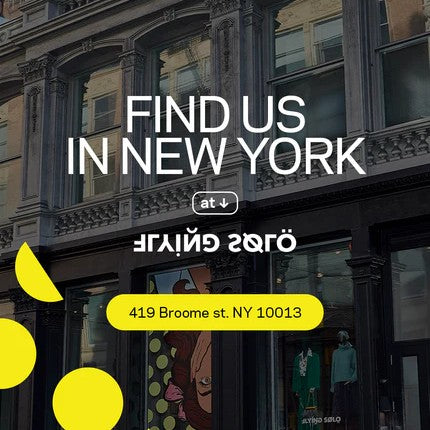Enjoy 25% off at checkout to get your favourite.
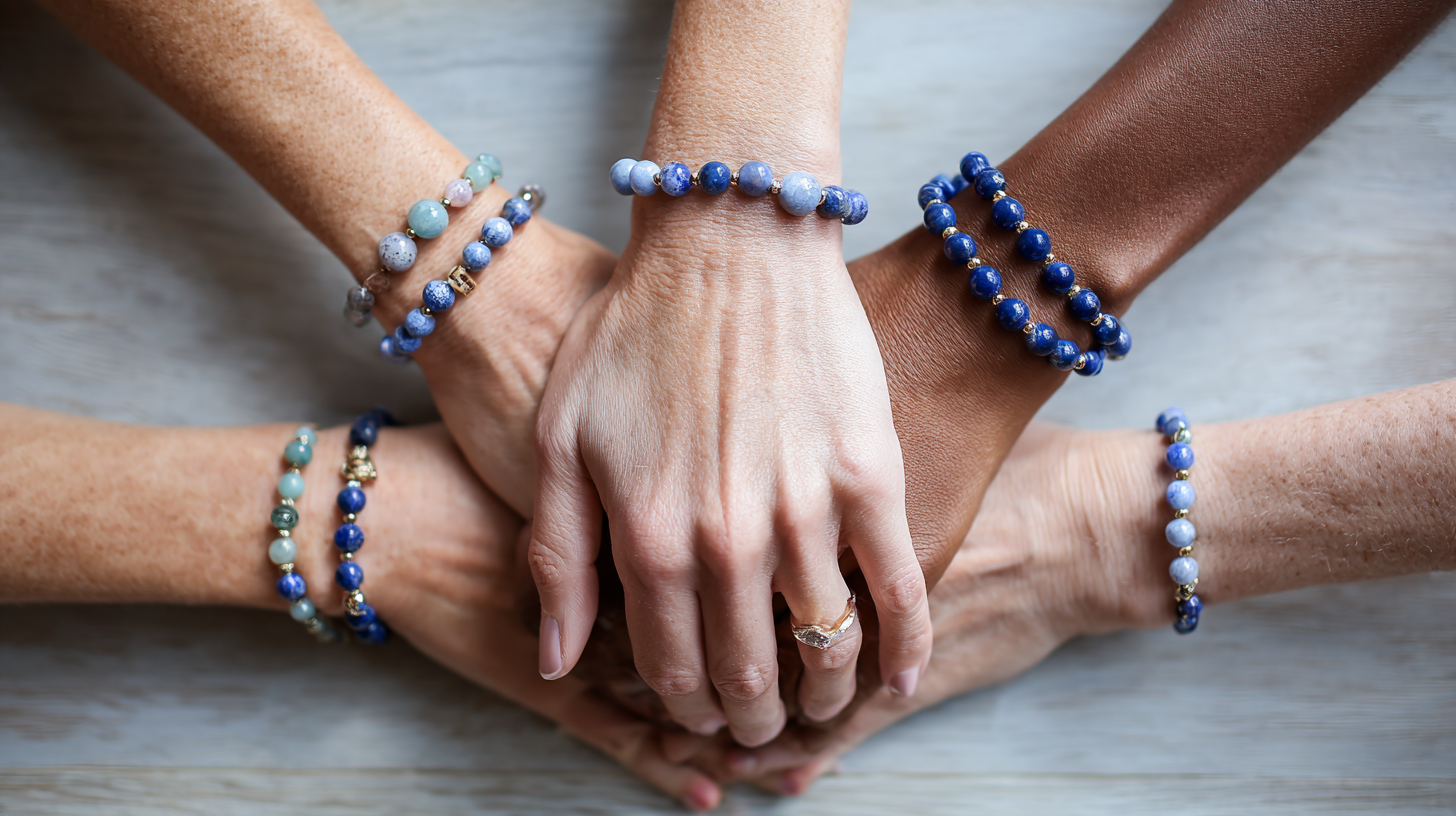
You may have noticed the blue bracelet trend gaining momentum everywhere, from schools to social media. Many people now wear blue bracelets as a symbol of friendship or support for causes. The blue bracelet trend shows impressive growth:
In fact, 87.4% of children have worn one, and 79.5% of caregivers see them often. These bracelets mean different things to different groups. Some see blue friendship bracelets as a way to express care, while others connect them to activism. Think about what these bracelets mean to you and your community.
Key Takeaways
-
Blue bracelets have a long history as symbols of friendship, protection, and connection across many cultures.
-
Today, blue bracelets represent support for causes like human trafficking awareness, dyslexia, and social justice.
-
Wearing a blue bracelet can show allyship and help people find others who share their values.
-
Some critics say blue bracelets can be just symbols without real action, so true support means doing more than wearing one.
-
Listening to communities and taking meaningful steps creates real change beyond just wearing a bracelet.
Blue Bracelets: Symbolism and Meaning

Traditional Associations
You can find the roots of blue bracelets in ancient cultures. People have worn these bracelets for centuries, often as a sign of protection or connection. In many places, blue glass bracelets showed status or marked special events. Archaeologists have found blue bracelets in several historic sites. These discoveries help you understand how important these items were in daily life.
-
Cobalt-blue bracelets from the 11th and 12th centuries used different cobalt colorants. Some had high zinc content, like Islamic plant ash glasses, while others used cobalt from different ores.
-
Scientists analyzed 78 glass bracelet fragments from Isaccea, Romania, dating from the 10th to 13th centuries. They found cobalt in the glass, which gave the bracelets their blue color.
-
At Nufaru, a Byzantine site, researchers studied 20 glass bracelet fragments from the 10th to 13th centuries. The bracelets contained cobalt, manganese, copper, and iron. These materials created the blue color and showed complex trade and manufacturing.
-
Ancient Rus towns also had blue glass bracelets. These belonged to different glass types, some imported from Byzantium. Blue bracelets were less common than darker colors, but their presence is well documented.
Blue bracelets have always carried meaning. In the past, they often represented friendship, protection, or a link to a group. You can see how these traditions still influence the blue bracelet trend today.
Modern Interpretations
Today, blue bracelets have taken on new meanings. You might see them as a symbol of solidarity or as a way to support important causes. The blue bracelet trend has grown because people want to show they care about others. Blue friendship bracelets are popular among young people who want to celebrate their bonds.
Recent order data shows that blue bracelets now stand for human trafficking awareness and dyslexia awareness. The blue color represents hope and unity. When you wear a blue bracelet, you join a global effort to end exploitation and support those who need help. Many people also use blue bracelets to raise awareness about dyslexia, showing their commitment to understanding and inclusion.
You can use blue bracelets to show friendship, support, and care. These bracelets remind you that small actions can make a big difference. When you wear one, you send a message of kindness and connection to everyone around you.
The Blue Bracelet Movement
Political and Social Context
You have probably seen the blue bracelet movement appear on social media and in your community. This trend started right after the 2024 U.S. elections. Many women, especially white women, began wearing blue bracelets as a political symbol. They wanted to show support for marginalized communities and political figures like Kamala Harris. The bracelets became a way to signal opposition to Trump supporters and to stand for equality.
-
The blue bracelet movement went viral on TikTok and Instagram in November 2024.
-
A video by @witchywoosel reached over 5.1 million views, showing how quickly the trend spread.
-
Black-owned jewelry businesses, such as Beaded & Balanced Jewelry, sold over 200 blue bracelets during this time.
-
The bracelets became a social identifier, helping women find allies and feel safer in public spaces.
-
Many people used the bracelets to show they belonged to an anti-racist group or supported the fight for justice.
You can see how the blue bracelet movement mirrors past protest symbols, like the pink pussy hats from 2016 or the Safety Pin Movement. These symbols gained attention fast, but some people questioned if they led to real change. The blue bracelet trend also overlaps with feminist activism, such as the 4B Movement. Millions of people joined in, but some critics said the bracelets were just a form of virtue signaling. They worried that wearing a bracelet might not lead to true allyship or lasting justice for historically disenfranchised communities.
Allyship and Inclusivity
When you wear a blue bracelet, you send a message of allyship and inclusivity. Many people use these bracelets to show support for marginalized communities and to stand with those who face discrimination. The bracelets help you identify others who share your values and want to create a safer, more welcoming world.
-
Studies show that colored bracelets, like blue ones, can help people recognize allies and feel included.
-
In experiments, participants used colored bracelets to form groups. The results showed that people could tell who was an ally and who was not, with a 65% accuracy rate.
-
These simple markers can influence how you feel about others and how you respond to them.
You might see blue bracelets at protests, rallies, or community events. People use them to show they support black and brown communities and to signal their commitment to equality. The bracelets can help you find others who want to fight for justice and support historically disenfranchised communities. Still, some people say that real change needs more than just a symbol. True allyship means listening, learning, and taking action beyond wearing a bracelet.
Wearing a blue bracelet can be a first step. To make a real difference, you need to support marginalized communities in meaningful ways. You can join protests, speak out against injustice, and help create a world where everyone feels safe and valued.
Criticisms and Controversies
Performative Allyship
You might notice that some people question the real impact of wearing blue bracelets. Many critics say that these bracelets can become a form of performative allyship. This means you show support for a cause without taking real action. You may see people wear blue bracelets to look caring or involved, but they do not always help the communities they claim to support.
Wearing a bracelet can feel easy. Taking action often feels much harder.
Some people call this "virtue signaling." They believe that showing off a symbol does not always lead to real change. You might see someone wear a blue bracelet at a protest or on social media. However, if they do not listen to the needs of others or work for justice, their support stays on the surface.
Here are some common concerns about performative allyship:
-
People may use blue bracelets to fit in with a group, not to help others.
-
The focus can shift from real issues to the symbol itself.
-
Some communities feel that these gestures do not address deeper problems.
Community Perspectives
You can find many different opinions about blue bracelets in various communities. Some people feel proud to wear them. Others feel hurt or left out. The meaning of the blue bracelet can change based on your background and experiences.
For example, the University of Wisconsin Police Department faced strong reactions to the "thin blue line" symbol, which connects to blue bracelet symbolism. Many community members felt fear and mistrust when they saw this symbol. Some groups believed it had been used by extremists and did not feel safe. The police department decided to limit the use of this symbol to rebuild trust. They listened to the community and put their feelings first.
This example shows that symbols like blue bracelets can mean different things to different people. You should remember that a simple gesture may not fix deep problems. Listening to the voices of those most affected helps you understand the real impact of these symbols.
Beyond Blue Bracelets: Meaningful Support
Taking Real Action
You can make a bigger difference when you move beyond symbols and take real action. Wearing a blue bracelet can show you care, but your actions speak louder. Research shows that when people take steps to improve well-being, the results are measurable. For example, a study looked at different types of wearable items and their effects on health and stress. The table below shows how these actions led to positive changes:
|
Wearable Type |
Outcomes Measured |
Statistical Significance |
|---|---|---|
|
Head-wear |
Calm score improved |
|
|
Torso-wear |
Perceived long-term stress reduced |
p=0.005 |
|
Wrist-wear |
Stress reduction, self-awareness |
Positive results noted |
|
Torso & finger-wear |
Lowered breath rate |
p<0.0001 |
|
Finger-wear |
Decreased negative mood, HR, temperature |
p<0.001 |
You can see that real changes happen when you combine action with intention. Another study used digital tools and coaching to help people change their habits. People who tracked their behavior and got support from coaches saw big improvements in health. This shows that real allyship means more than wearing a symbol. You need to take steps that lead to real change and build a sincere coalition with others who share your goals.
Listening to Communities
Listening is a key part of meaningful support. When you listen to people in your community, you learn what they need most. Many groups have shown that active listening leads to better results. Here are some ways communities have used listening to create change:
-
Nonprofits included people with lived experience in research teams. Their stories led to new policies that helped more families.
-
Girls Coordinating Councils worked with leaders to find problems and create resources. This led to fewer arrests and better outcomes for girls.
-
Advocacy councils gave formerly incarcerated people a voice in making laws.
-
Schools gathered feedback from students and families to improve decisions.
-
Community volunteers shared concerns directly with leaders, making advocacy stronger.
When you listen and act, you help build trust and create real solutions. This approach helps everyone feel heard and valued. You can join a sincere coalition by supporting others and working together for lasting change.
Blue bracelets carry many meanings. You might wear one for tradition, friendship, or activism. Always think about why you choose to wear it and what message you send. Symbols matter, but your actions matter more.
Take time to listen, learn, and support others in real ways.
Your choices can help build a kinder, more inclusive world.
FAQ
What does a blue bracelet mean?
A blue bracelet can show support for friendship, awareness, or activism. You might wear one to support a cause, show you care about someone, or join a movement. The meaning depends on your community and the context.
Can you wear a blue bracelet for any cause?
Yes, you can wear a blue bracelet for many causes. Some people use them for human trafficking awareness, dyslexia, or allyship. Always check what the color means in your group before you wear it.
How do you show real support beyond wearing a blue bracelet?
You can listen to others, join community events, or volunteer. Taking action helps you make a bigger impact than just wearing a symbol.
Are blue bracelets always seen as positive?
Not always. Some people see blue bracelets as a sign of support, but others may feel left out or think it is just for show. You should listen to different views and respect how others feel.

